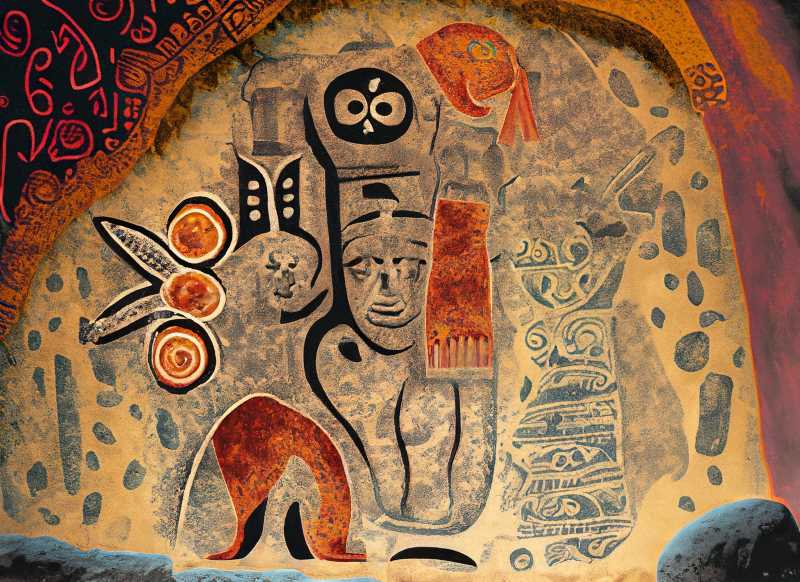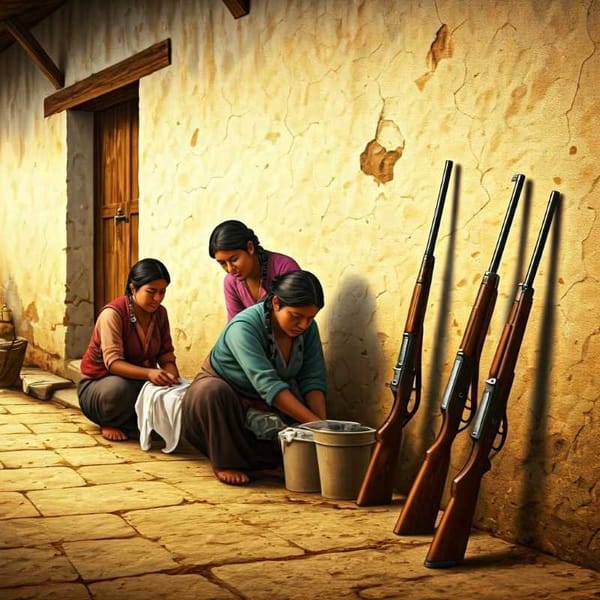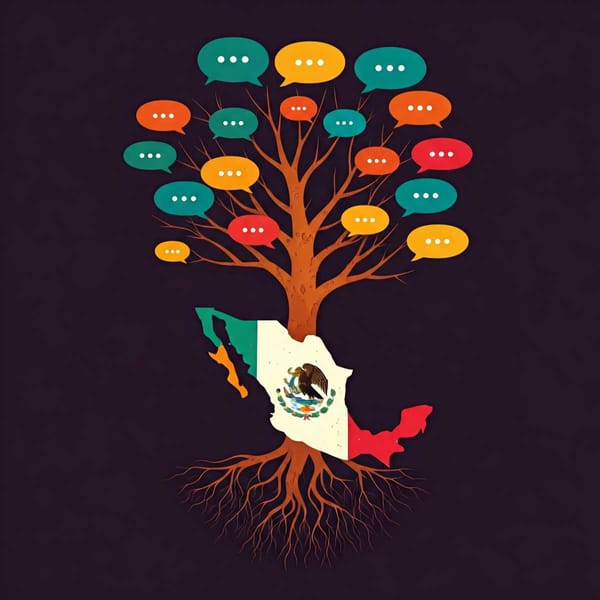Rock Art as the Original Instagram of Human History
Rock art is far more than ancient scribbles on cave walls; it's a complex human expression that bridges time and cultures. From the religious rituals of Mexico's ancient civilizations, to the awe-inspiring murals of Spain's Altamira caves, rock art also serves as a wellspring of modern inspiration.

When we hear the term “rock art,” our minds often jump to cave paintings from the depths of prehistory, perhaps limiting our understanding of its breadth and significance. However, rock art is far more than just the doodles of our ancient ancestors. A complex form of cultural expression, it holds the essence of societies as diverse as the Mixtecs and Mayas in Mexico, and those who dwelled in the ice-age caverns of Altamira, Spain. With its dual role as a record of evolutionary progress and an everlasting font of artistic inspiration, rock art serves as an enduring bridge between the ancient and modern worlds.
The term “rock art,” derived from the Latin word “rupestre,” means much more than its apparent simplicity suggests. It refers to the various paintings, drawings, and bas-reliefs etched onto or inside rocks, crags, and caverns by both prehistoric nomadic groups and sophisticated ancient cultures. In Mexico, for instance, the Mixtecs, Zapotecs, and Mayas created rock art that was intricately linked to their rituals and religious practices. For these communities, as well as their prehistoric counterparts, rock art wasn't mere decoration—it was a sacred endeavor, often aiming to manifest magical or religious beliefs.
When the Altamira caves were discovered in Spain in 1878, the world was introduced to a breathtaking gallery of murals—ocher, reddish, and black depictions of various beasts. Frequently called the “Sistine Chapel of cave art,” these paintings are estimated to be at least 25,000 years old. Far from mere wall scrawls, they are a testament to the intellectual and artistic prowess of glacial-period humans. These masterpieces challenge our understanding of prehistoric societies, suggesting that they were likely more complex in their social organization and beliefs than scientific evidence can currently prove.
Anyone who has ever tried to draw or teach drawing knows that capturing a realistic image is no small feat. It takes countless hours of practice and learning to master the proportions, textures, and movements that make a picture come to life. Considering this, it's astonishing that prehistoric hunter-gatherer communities, with their subsistence lifestyles, had the time and skill to produce such sophisticated art. This implies that even in those times, there were individuals dedicated solely to the practice of art, undoubtedly playing a crucial role in the ceremonial and spiritual life of their communities.

Stylizations and Modern Inspirations
Unlike the Altamira murals, much of Mexico's rock art doesn't aim for realism, but rather adopts a stylized approach. From Baja California to the Valley of Mexico, each piece reflects the unique aspects of the time and place in which it was created. This stylization has been a rich source of inspiration for modern artists. With the advent of the European experimental artists in the early 20th century, artists like Picasso, Klee, Matisse, Brancusi, and Giacometti began turning to ancient art forms, including rock art, as a means of breaking free from the constraints of realism. In Mexico, notable artists like Francisco Toledo have been heavily influenced by the colors and forms found in ancient rock art.
Rock art isn't merely a window into the past; it's a living form of artistic expression that continues to inspire and provoke thought. While the pieces may no longer hold the same sacred significance they once did, they still captivate modern audiences and influence contemporary artists.
In conclusion, rock art serves a dual purpose: it acts as an invaluable historical document that speaks to the advanced cognitive abilities of ancient humans, and it remains a vibrant source of inspiration for today's artistic ventures. This is the everlasting magic of rock art—its ability to connect us to the profound human experiences that transcend time and geography.
Source: Fernando Gálvez. El arte rupestre y sus ecos en el arte actual. Correo del Maestro, (48), 46-49.




